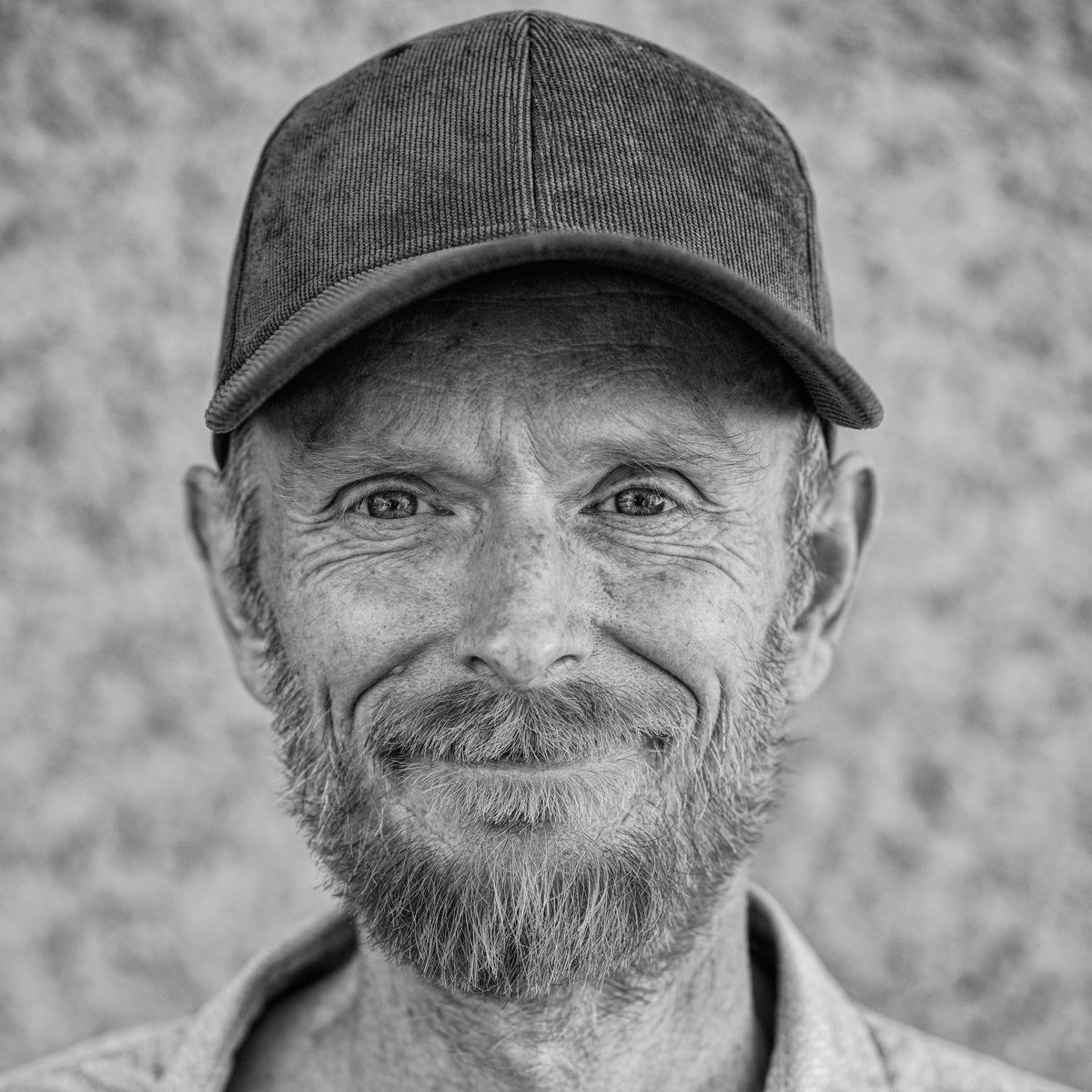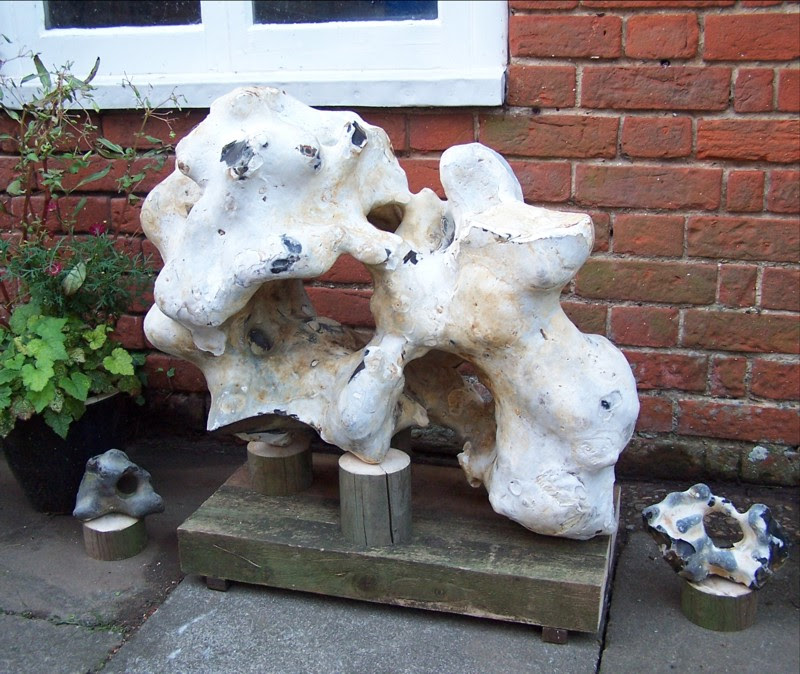Interviews
X Spaces - “Palettes & Perspectives” (8NAP) Ep9 Life as a Degen 2024
X Spaces - Color Commentary Harvey Rayner’s BTC Debut + Drop Talk [EP.7] 2024
Podcast: Waiting to be signed - Quasi Dragon Studies 2023

Harvey Rayner (born 1st January 1975) is an English artist and creative coder with over 25 years of digital and generative art practice.
He attended The City and Guilds of London Art School and has had a diverse creative career working as a designer, inventor, programmer, and business owner while maintaining a dedicated daily art practice. His large and varied body of work reveals an evolution in formalized geometric approaches to art making.
In early 2022 Rayner discovered Art Blocks and immediately recognized a home for his own work in this new digitally native art genre. Rayner has used his creative momentum and experience to drop eight major series in the last two years. His second NFT collection Fontana gained curated status on ArtBlocks and a rapturous reception amongst collectors with the floor price climbing over 20x in the first two months. Since then Rayner has sold works at both Sotheby's and Christies, and released Velum with Bright Moments.
Rayner is dedicated to creating ambitious innovative projects that have generative artistry and community building at the heart. In 2023 Rayner released Quasi Dragon Studies with Verse which was a novel demonstration of 'composite generative art' where collectors took part in compositing art tiles to create new works. The dynamic also introduced the idea of Proof-of-work rarity where collectors invested time, energy and ETH to create hard-to-make composites. In the same year Rayner also created marfaMESH which was a demonstration of 'Event Driven' generative art, where live interaction data was collected from attendees at Art Blocks Marfa weekend 2023 and used to create personalized artworks that unfolded in real time chronicling their individual experience of the event. The project was put fully onchain and minted for free to all attendees as a thank you to the community that help launch Rayner's career.
Rayner lives in upstate New York with his wife and has two adult children. He is a keen rock climber and has maintained a daily meditation practice for over 25 years.
Twitter DM
harvey.rayner@gmail.com
Journey into generative art
I’ve been making generative art for about 10 years and prior to this I evolved art from strict geometric systems. In the 90s I used compass and rule in an attempt to structure my compositional space in an equivalent way to how harmonics and tempo structure sound into music. In this period I employed very simple monochrome elements so that I could explore compositional structure without getting distracted with the sensuality of color and texture. In this early period, I learned that for me, limitation was key to expression. I have many disparate creative interests and projects and so making art that is very formalized, and in the last decade art from code, enables me to focus and really dig into visual invention. The generative work I make today started life as a series of tools I developed to visualize and build intuitions about geometric objects I’ve been fascinated with since my formative years as an artist. These geometric primitives today however, are expressed as complex wave interference patterns that combine to build rich textures and generative color spaces. As before, I find artistic freedom when keeping my tools and technology simple and consistent. I use vanilla JS rendering to Canvas and SVG. I love building my own UI development tools and systems for ordering and evaluating outputs. In this way I aim to make my workflow as effortless and intuitive as possible so I can stay focussed on developing visual invention. In some respects I see my approach as quite oldschool in the sense that I’m almost exclusively interested in evolving visual language and the conceptual context of art throughout time holds little interest for me. For me, what makes a Michelangelo and a Rembrandt so compelling and alive today is not the conceptual framing of the work when it was created. Most of this just gets lost or at least becomes irrelevant as time passes. What remains that still has the power to connect is expressed solely through the visual dynamics and invention the artist has evolved and this cannot be translated into words and concepts.
‘The greatest artist works without concept’ ~ Michelangelo

Life :: Creativity
‘A flight from the unknown to the unknown’ ~ Rumi
Life can also be like making art when we are not afraid to trust life completely and say YES to the unknown. When I was twenty-two I spent six months hitchhiking and riding freight trains around the USA without any money. I had to rely on my intuition to find food from dumpsters and slept rough on the streets and under bridges. I never feared for my safety yet never knew where I would end up at the end of the day. It's the same process in making art. When we carry around too many fixed ideas about where we have been and where we are heading, both life and art can become a heavy burden.
Whilst living by a beautiful remote stretch of the Suffolk coast in England, I enjoyed searching for interesting rocks that became exposed in the cliffs as they were eroded by the sea. My mind was always open to the possibility of finding something remarkable, yet I simply enjoyed the process whether I found something or not. When walking along the beach with a sense of wonder and awe one day I was drawn to a small white rock sticking out of the sand. As I dug around, deeper and deeper to extricate it, I realized I had found a rare and beautiful Paramoudra. Having subsequently researched this type of fragile flint formation I've become increasingly convinced of the rarity of such an example.
For me these two examples are of life as art. The process of discovery is the same as when I am in the process of creating art. Somehow, I do not feel the works on this site are created by me, but somehow, through a willingness to investigate the unknown, they have appeared to me in my life - where they came from I have no idea.
There is a Tibetan Buddhist saying - ‘Humans too readily believe what is easy to believe and too readily disbelieve what is not easy to believe’